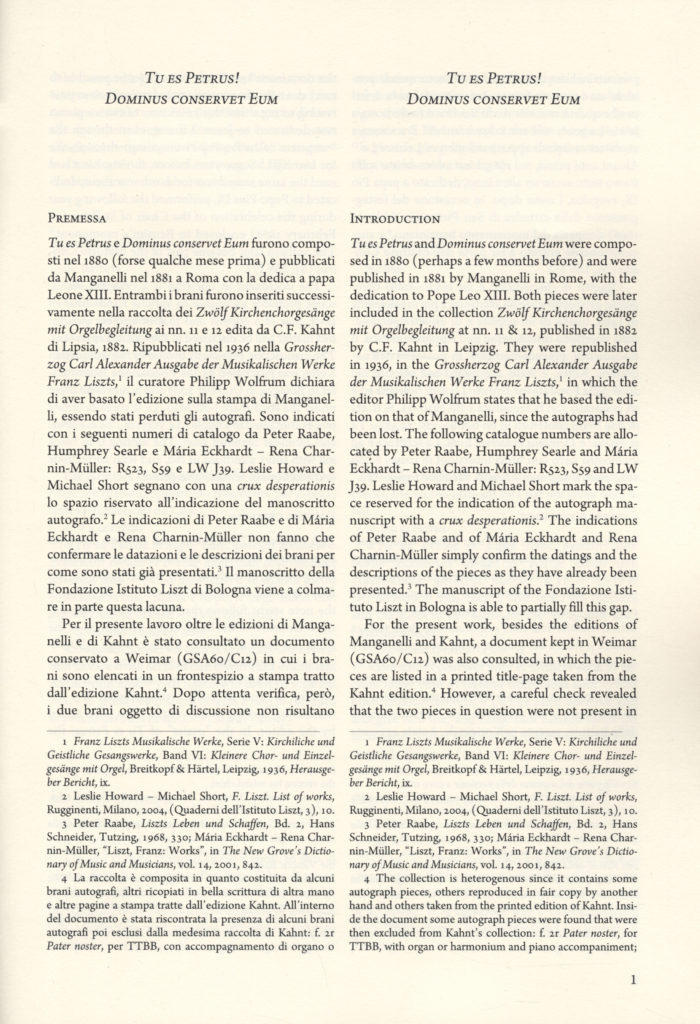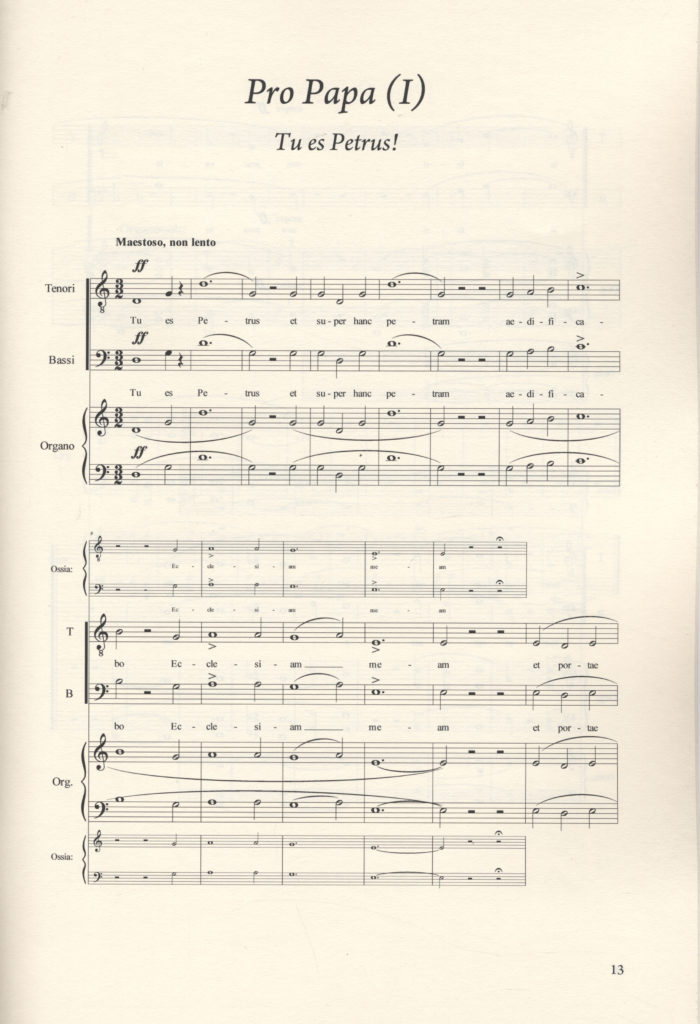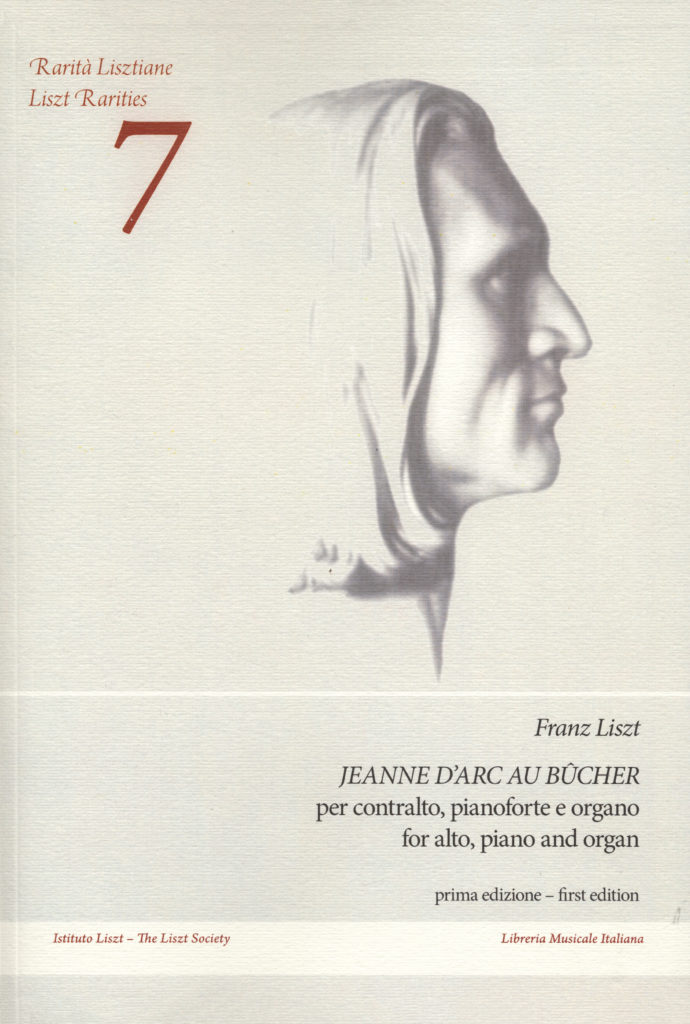 L’edizione curata da Mariateresa Storino porta a conoscenza degli studiosi non solo il manoscritto dell’opera conservato nell’archivio della Fondazione Istituto Liszt di Bologna, ma tutta la lunga storia dei numerosi lavori di Liszt sul testo di Alexandre Dumas père (per la precisione 11 versioni) e la complessa vicenda dei manoscritti che ne conservano memoria, oggi conservati in cinque biblioteche d’Europa. A queste fonti si aggiungono le edizioni a stampa ottocentesche, verosimilmente pubblicate sotto la supervisione dell’autore.
L’edizione curata da Mariateresa Storino porta a conoscenza degli studiosi non solo il manoscritto dell’opera conservato nell’archivio della Fondazione Istituto Liszt di Bologna, ma tutta la lunga storia dei numerosi lavori di Liszt sul testo di Alexandre Dumas père (per la precisione 11 versioni) e la complessa vicenda dei manoscritti che ne conservano memoria, oggi conservati in cinque biblioteche d’Europa. A queste fonti si aggiungono le edizioni a stampa ottocentesche, verosimilmente pubblicate sotto la supervisione dell’autore.
La storia, ripercorsa con ricchi dettagli dalla curatrice, ha inizio nel 1846 con la stesura di un brano per voce e pianoforte che porta come sottotitolo romance dramatique, e come tale venne pubblicato nello stesso anno nel “Journal des Débats politiques et littéraires”. Seguirono diversi tentativi di Liszt di declinare la storia in forme diverse, e perfino come melodramma, che non videro poi la luce, finché a 30 anni dalla prima versione il testo riapparve nella doppia versione per voce e orchestra e per voce e pianoforte per le edizioni Schott (1876). Una versione con accompagnamento di organo, probabilmente la più vicina a quella riportata nella presente pubblicazione, è ricordata in esecuzioni del 1878.
Nell’Introduzione all’edizione vengono ripotati i dati dei manoscritti conservati nelle varie biblioteche europee, corredati dal riassunto del contenuto, il tutto ordinato in una comoda tabella, in più si ammirano, e due immagini a tutta pagina dei manoscritti bolognesi.
La descrizione delle fonti consente di misurare quanto la figura dell’eroina francese dovette coinvolgere la fantasia e la penna di Liszt che vi si dedicò per ben tre decenni, condividendo la passione che avevano dimostrato per la stessa vicenda altri suoi importanti compagni di strada come Gioacchino Rossini, Giuseppe Verdi, Petr I. Caikovskij.
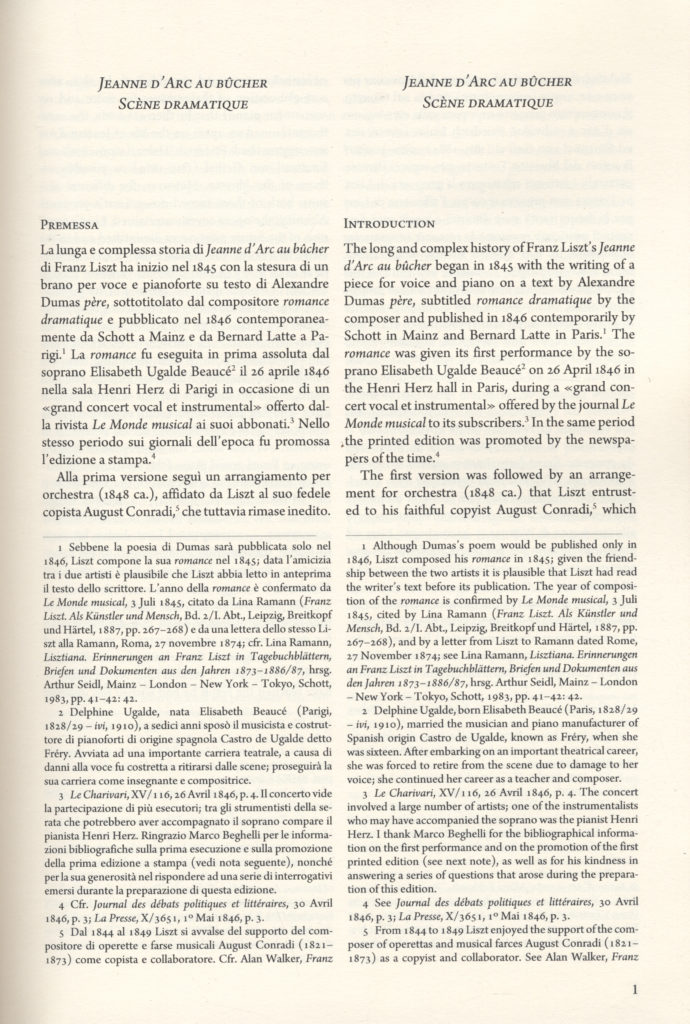
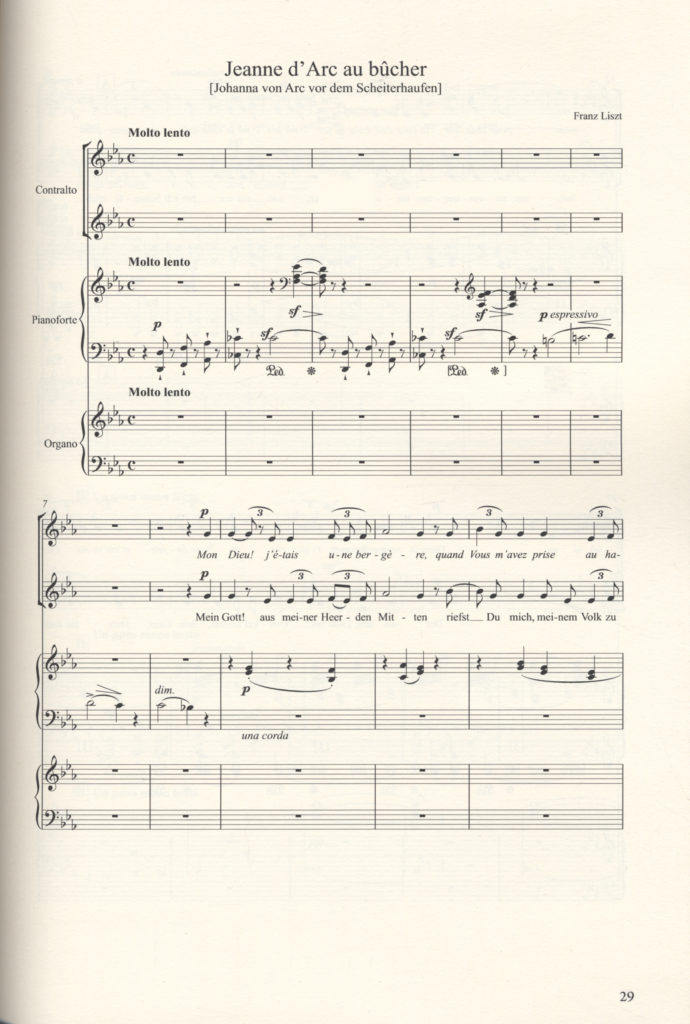
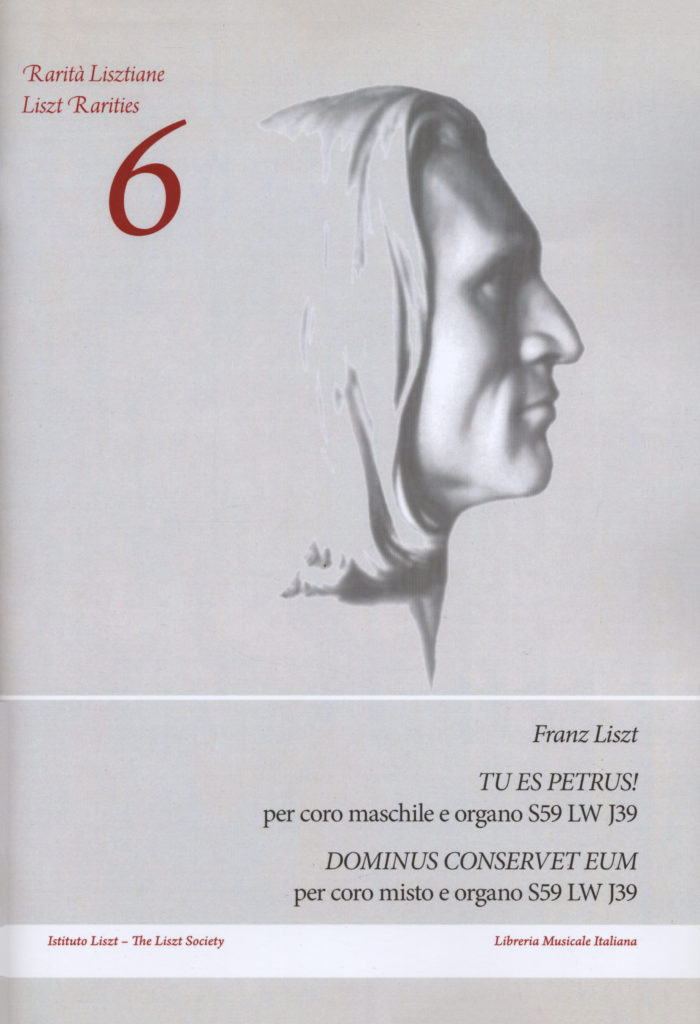 Da sempre la musica sacro-liturgica di Liszt è stata eclissata dalla sua produzione pianistica e sinfonica. Ma l’immagine di un musicista rivolto quasi totalmente alla musica strumentale profana non tiene conto del cammino spirituale che lo accompagnò per tutta la vita. Oggetto di questa edizione sono due brani: Tu es Petrus e Dominus conservet Eum, composti nel 1880 e pubblicati a Roma, l’anno dopo, da Manganelli. Entrambi sono presenti in un manoscritto acquistato dalla Fondazione Istituto Liszt nell’ottobre 2008 dall’antiquario Kotte. Philippe Wolfrum, curatore della Grossherzog Carl Alexander Ausgabe der Musikalischen Werke Franz Liszt, afferma di aver basato la sua edizione del 1936 su quella del Manganelli poiché ritiene l’autografo perduto. Della stessa idea sono Leslie Howard e Michael Short, i quali, nel Catalogo delle opere di Liszt (Rugginenti 2004), pongono una crux desperationis nello spazio riservato all’indicazione dell’autografo.
Da sempre la musica sacro-liturgica di Liszt è stata eclissata dalla sua produzione pianistica e sinfonica. Ma l’immagine di un musicista rivolto quasi totalmente alla musica strumentale profana non tiene conto del cammino spirituale che lo accompagnò per tutta la vita. Oggetto di questa edizione sono due brani: Tu es Petrus e Dominus conservet Eum, composti nel 1880 e pubblicati a Roma, l’anno dopo, da Manganelli. Entrambi sono presenti in un manoscritto acquistato dalla Fondazione Istituto Liszt nell’ottobre 2008 dall’antiquario Kotte. Philippe Wolfrum, curatore della Grossherzog Carl Alexander Ausgabe der Musikalischen Werke Franz Liszt, afferma di aver basato la sua edizione del 1936 su quella del Manganelli poiché ritiene l’autografo perduto. Della stessa idea sono Leslie Howard e Michael Short, i quali, nel Catalogo delle opere di Liszt (Rugginenti 2004), pongono una crux desperationis nello spazio riservato all’indicazione dell’autografo.